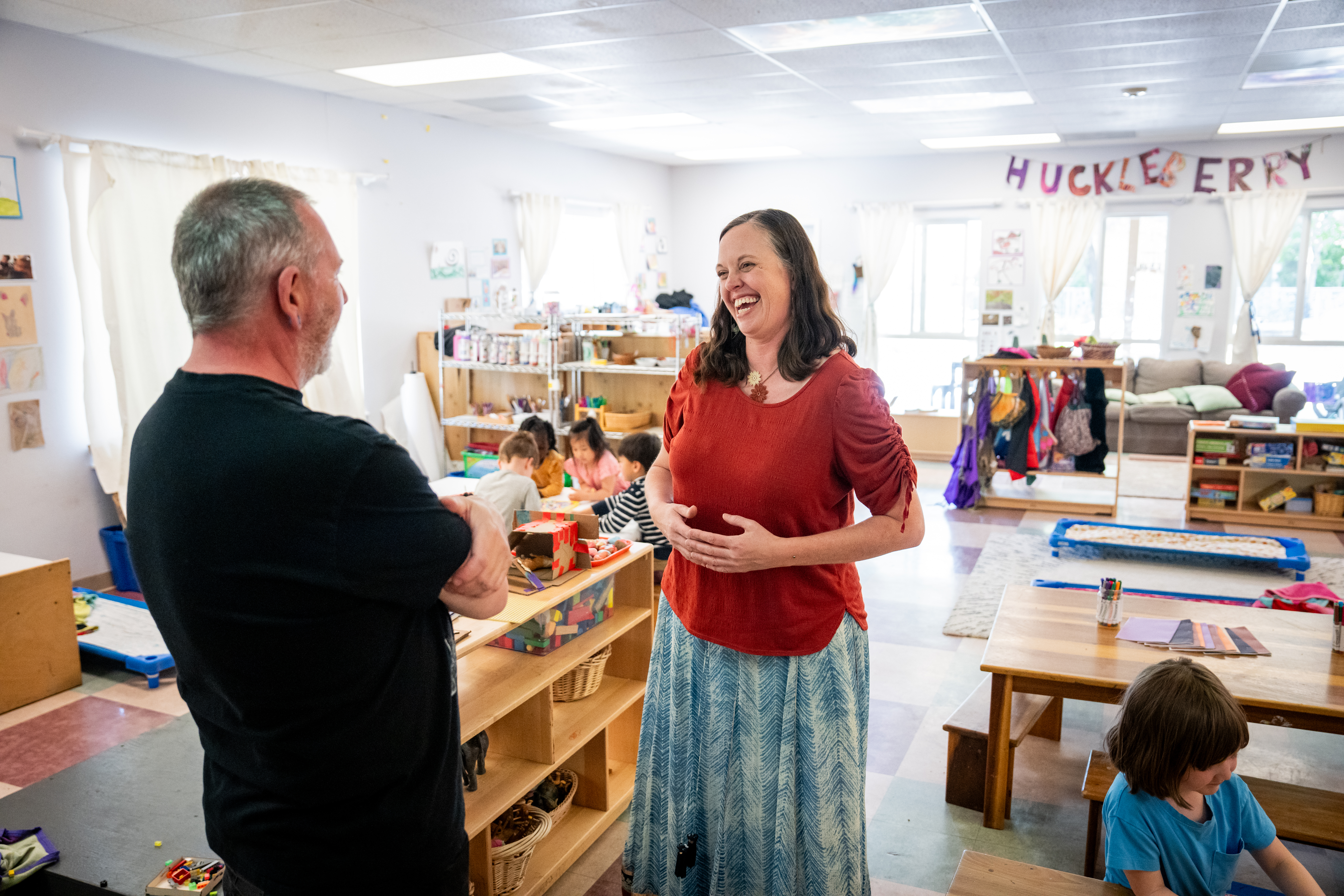From One Generation to the Next: New Model Addresses Critical Transition
 A handful of pioneering states have unlocked unprecedented funding for early childhood education, moving ever closer to fully financed child care systems with adequate access, high quality care, and a well-compensated workforce. At the same time, child care workers and owners across the country are an aging demographic, and many are reaching retirement. Recruiting and retaining the workforce of tomorrow remains a pressing challenge. In this transition a new question emerges: Who will own the increasingly valuable child care businesses that public investments help create?
A handful of pioneering states have unlocked unprecedented funding for early childhood education, moving ever closer to fully financed child care systems with adequate access, high quality care, and a well-compensated workforce. At the same time, child care workers and owners across the country are an aging demographic, and many are reaching retirement. Recruiting and retaining the workforce of tomorrow remains a pressing challenge. In this transition a new question emerges: Who will own the increasingly valuable child care businesses that public investments help create?
First Children’s Finance has developed an innovative answer. Drawing on extensive research, collaboration with systems partners, and input from providers, FCF has designed a comprehensive ownership transition initiative that could serve as a national model for states navigating entrenched child care supply and retention challenges.
The Child Care Ownership Transition Initiative represents the first program in the nation specifically designed to support child care business succession. The initiative will integrate succession planning, matchmaking, technical assistance, and targeted capital into a cohesive system of support. A collaborative and iterative design process helped calibrate these services to Vermont’s distinctive child care market.
Lessons from Vermont
Child care in Vermont has been undergoing a profound transformation. The historic investments of Act 76 are already reversing long-standing declines in child care supply and increasing the market value of child care businesses. However, child care partners and providers are raising alarms that Vermont’s aging population and numerous child care business owners seeking to retire could create a demographic headwind that slows this critical progress. Vermonters note that even within a strengthened child care sector, business transitions remain a particularly vulnerable moment for child care supply. The recently realized value of these businesses raises the stakes for thoughtful ownership transitions that keep child care programs open, high-quality, and locally owned.
A Critical Consideration for Any State Investing in Child Care
As child care businesses become more profitable through public investment, they may become attractive acquisition targets. National chains and private equity firms, with deeper capital resources, can outbid local buyers—particularly for larger facilities.
The Child Care Ownership Transition Initiative directly addresses this challenge. Forgivable loans help trusted employees or local entrepreneurs compete for ownership. Grants secure high-quality facilities with mortgage restrictions ensuring continued child care use. The initiative will also support conversions to nonprofit and worker cooperative structures, creating alternative ownership pathways that keep the child care local and mission-focused. By connecting local buyers and sellers through trusted relationships, these coordinated services will help ensure public investments flow to community-based owners rather than distant corporate entities.
As states continue investing in early childhood education, the time to address ownership transitions is now, before market forces make local ownership increasingly difficult to sustain. Vermont’s pioneering approach offers a roadmap demonstrating that states can be intentional, not only about increasing children’s access to services, but also the small businesses, communities, and local economies that benefit from their early childhood investments.
Next Steps
- Interested in buying or selling a child care business in Vermont? FCF Vermont can help. Please email infoVT@firstchildrensfinance.org for more information.
- Exploring ways to support retiring business owners and aspiring child care entrepreneurs in your state? We’d love to connect. Please email infonational@firstchildrensfinance.org.



